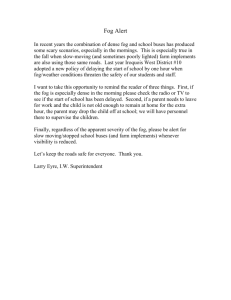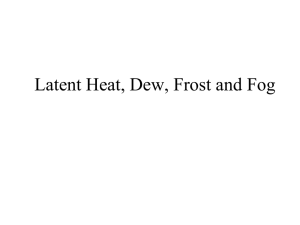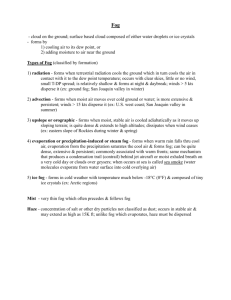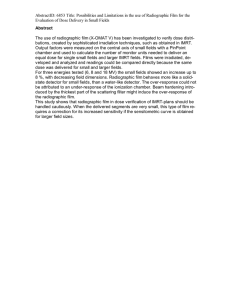AbstractID: 2927 Title: The Effects of Fog on the Detectability...
advertisement
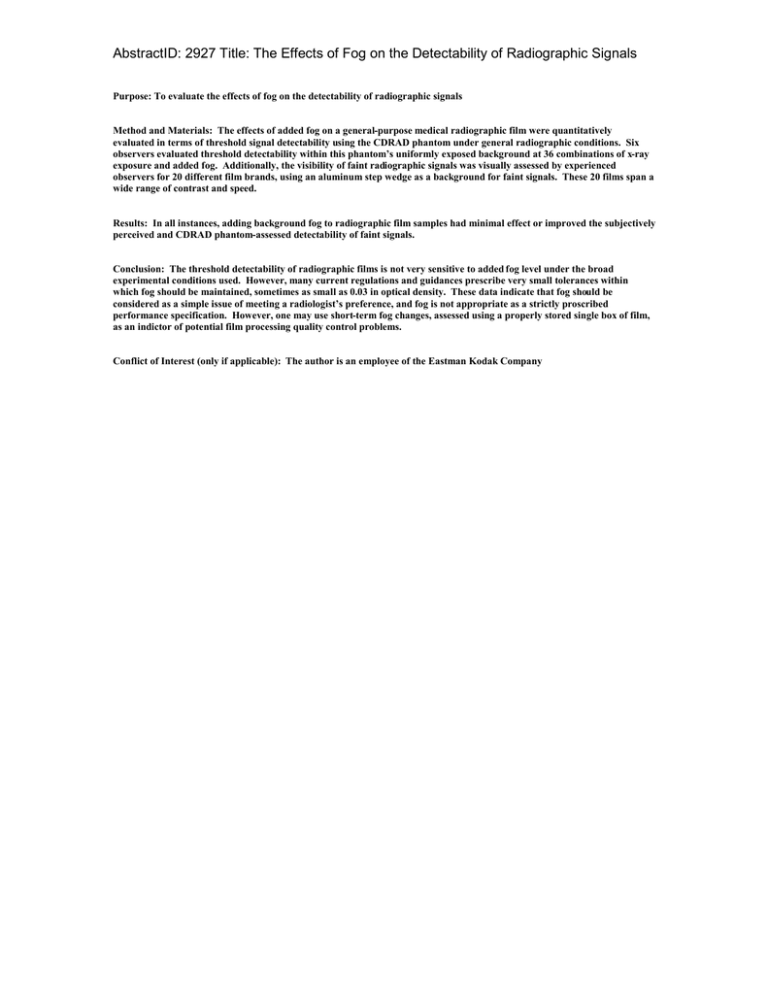
AbstractID: 2927 Title: The Effects of Fog on the Detectability of Radiographic Signals Purpose: To evaluate the effects of fog on the detectability of radiographic signals Method and Materials: The effects of added fog on a general-purpose medical radiographic film were quantitatively evaluated in terms of threshold signal detectability using the CDRAD phantom under general radiographic conditions. Six observers evaluated threshold detectability within this phantom’s uniformly exposed background at 36 combinations of x-ray exposure and added fog. Additionally, the visibility of faint radiographic signals was visually assessed by experienced observers for 20 different film brands, using an aluminum step wedge as a background for faint signals. These 20 films span a wide range of contrast and speed. Results: In all instances, adding background fog to radiographic film samples had minimal effect or improved the subjectively perceived and CDRAD phantom-assessed detectability of faint signals. Conclusion: The threshold detectability of radiographic films is not very sensitive to added fog level under the broad experimental conditions used. However, many current regulations and guidances prescribe very small tolerances within which fog should be maintained, sometimes as small as 0.03 in optical density. These data indicate that fog should be considered as a simple issue of meeting a radiologist’s preference, and fog is not appropriate as a strictly proscribed performance specification. However, one may use short-term fog changes, assessed using a properly stored single box of film, as an indictor of potential film processing quality control problems. Conflict of Interest (only if applicable): The author is an employee of the Eastman Kodak Company

